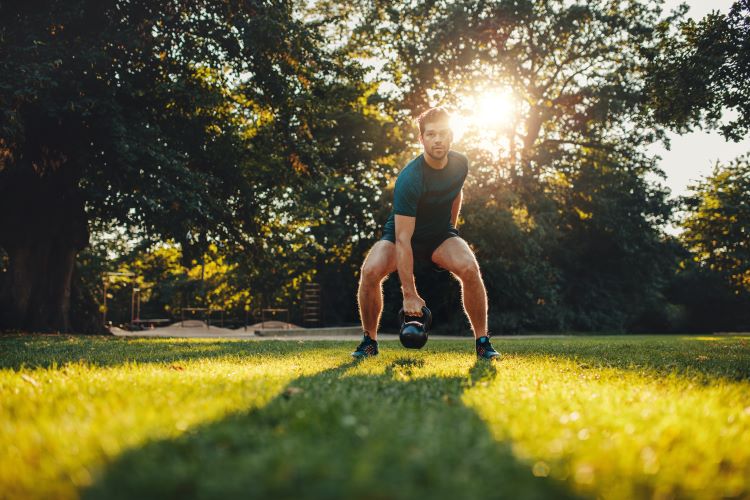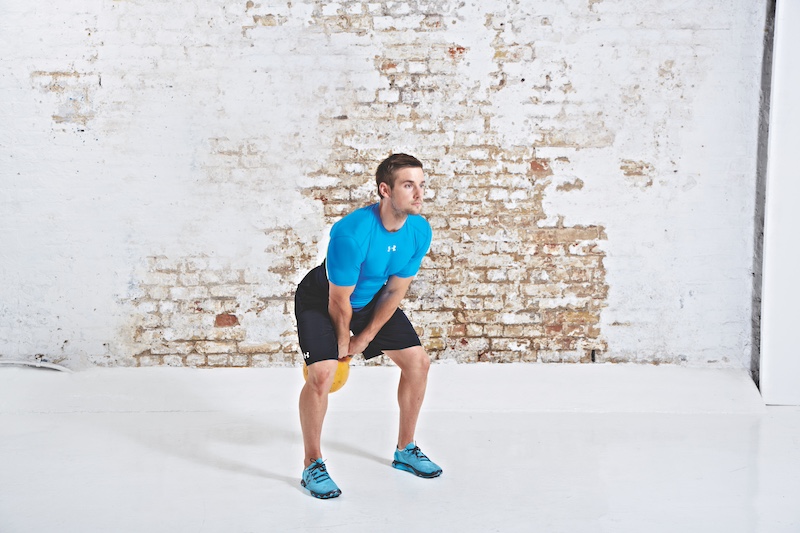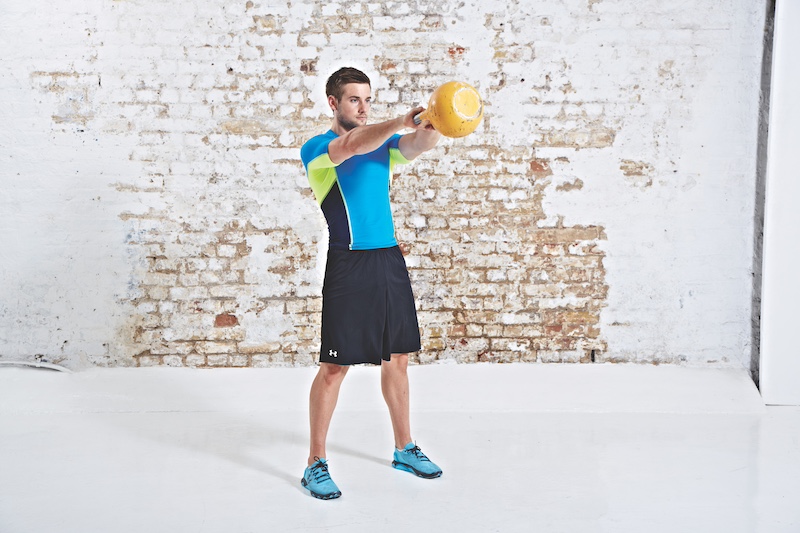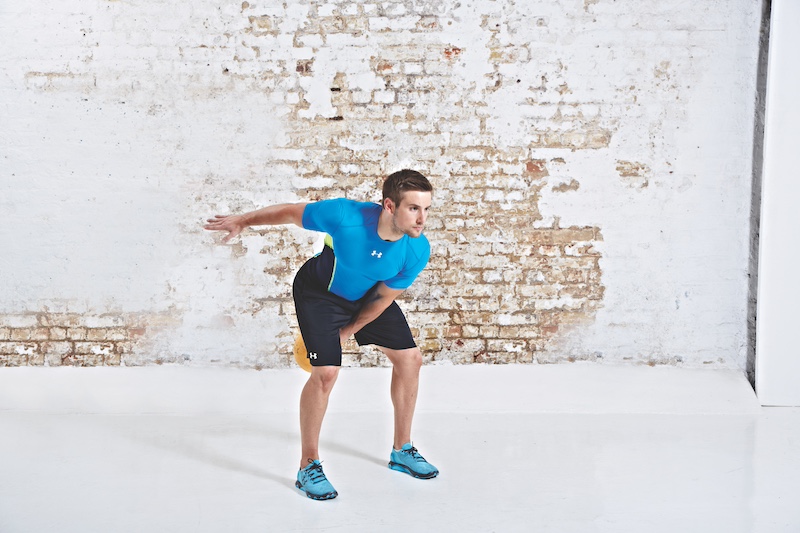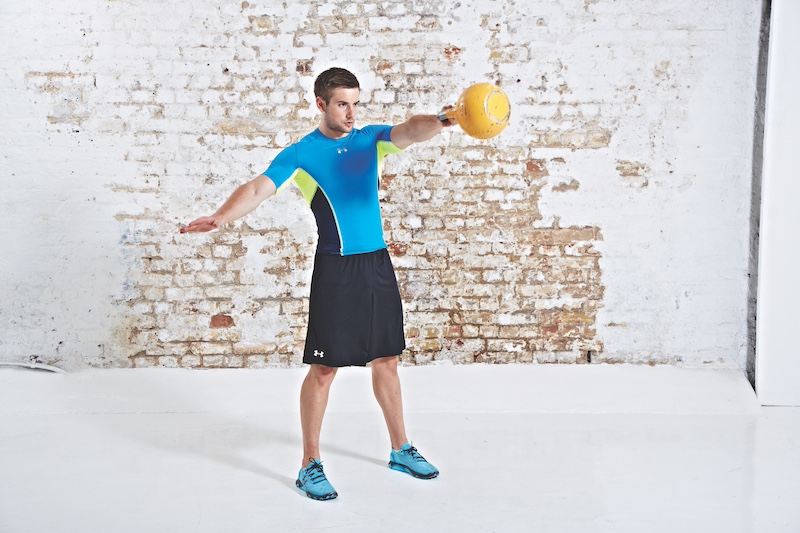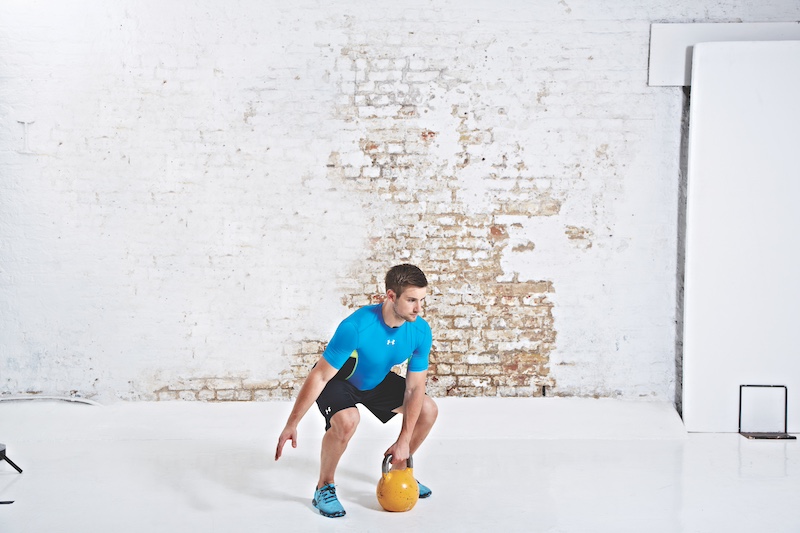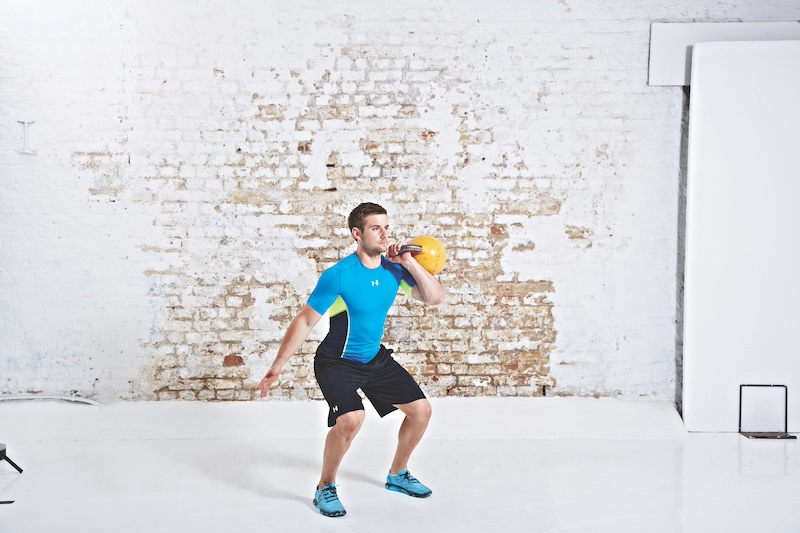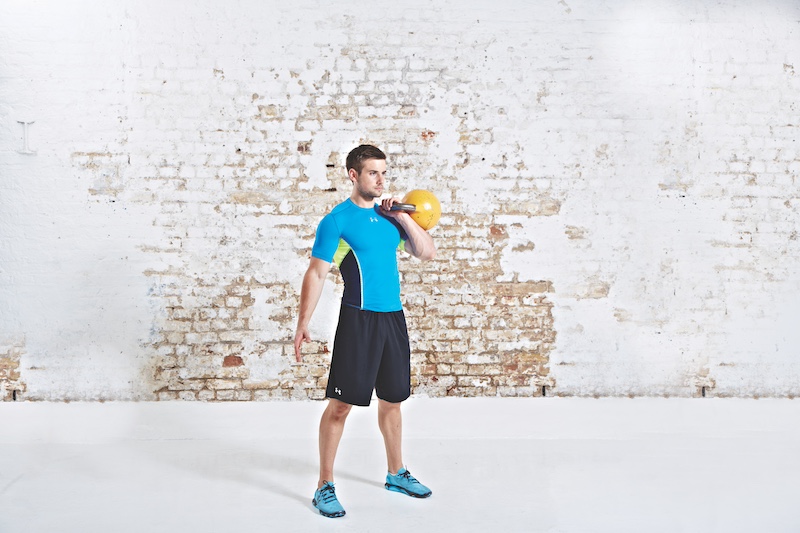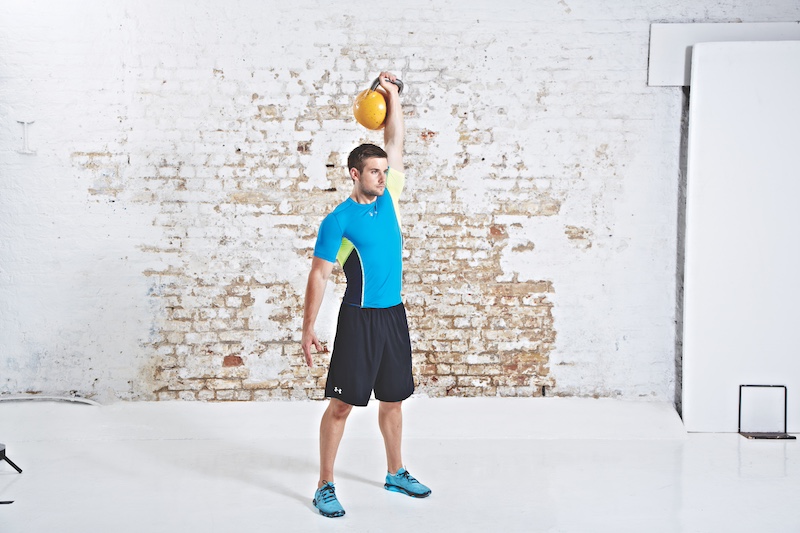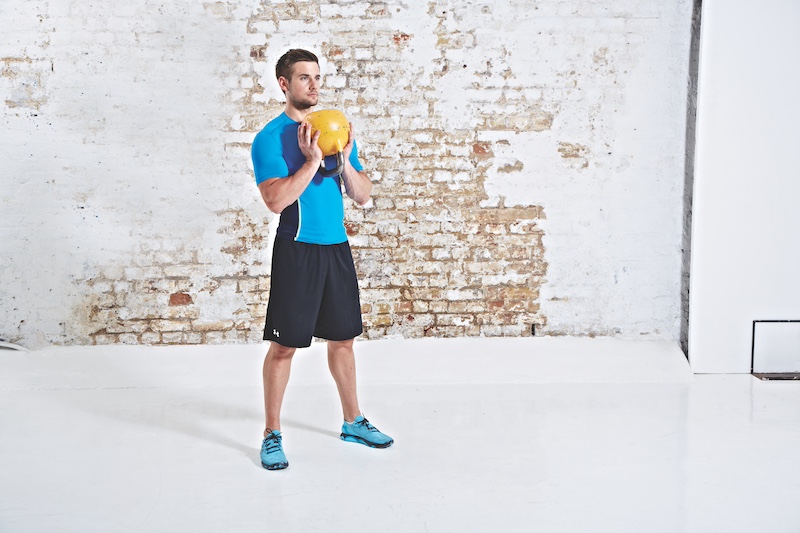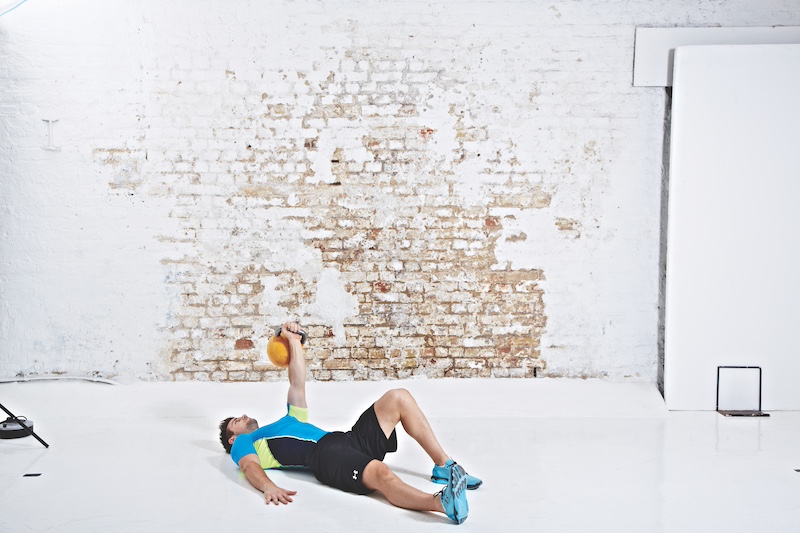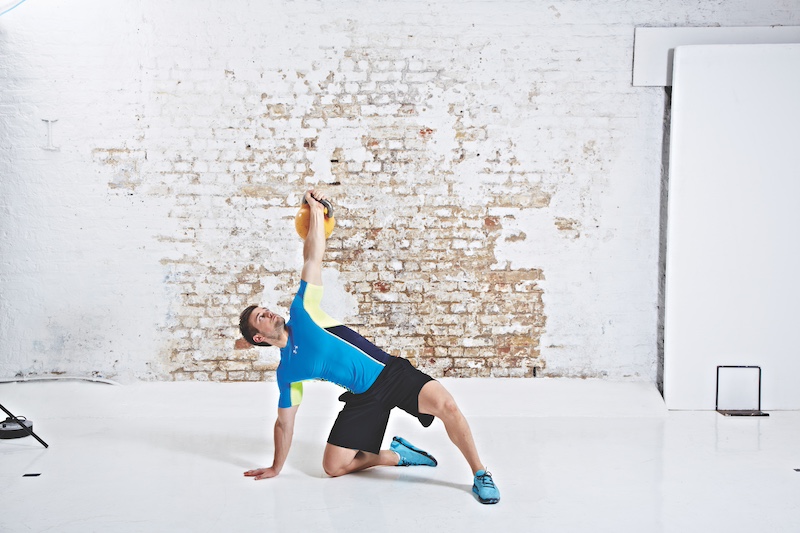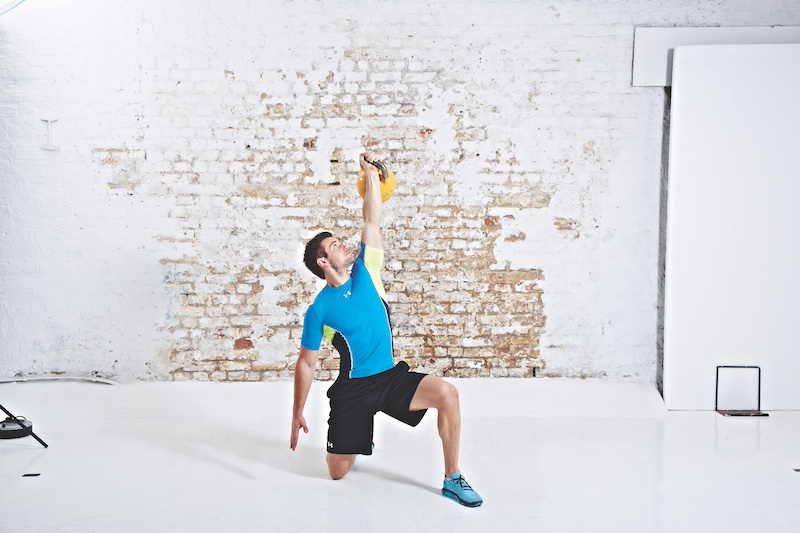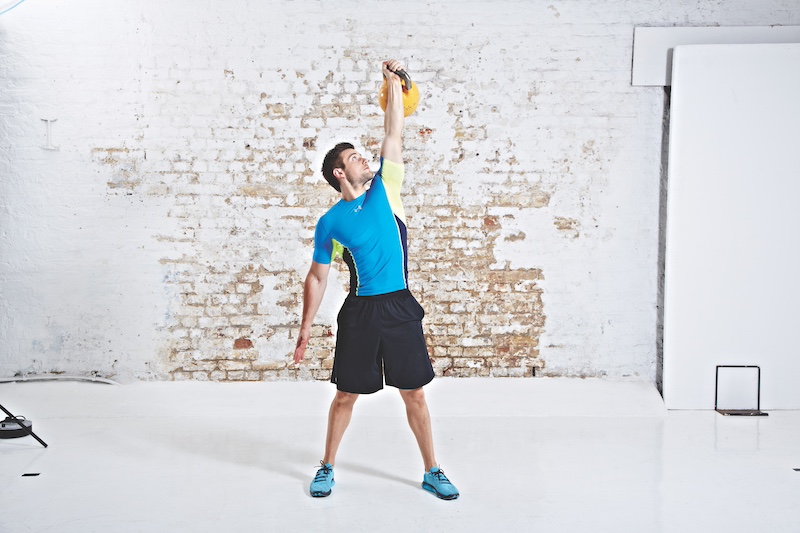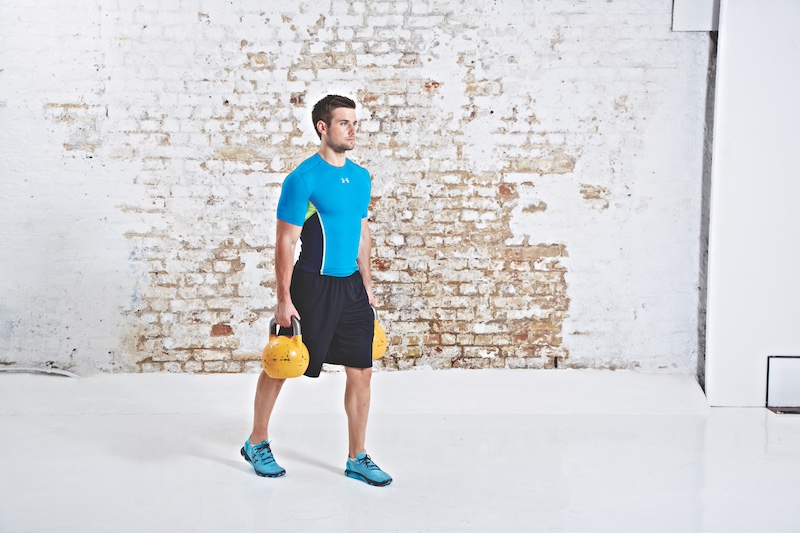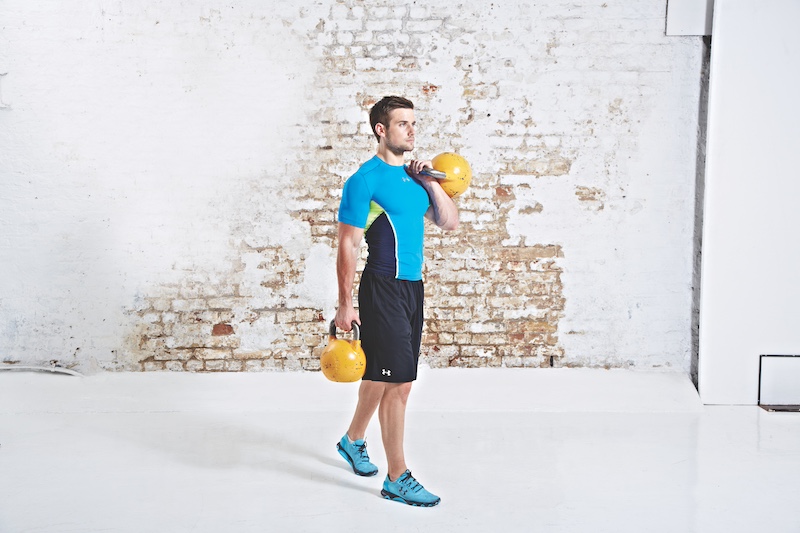Build lean muscle and full-body, functional strength with specialist kettlebell trainer Greg Brookes’ pick of the best kettlebell exercises for fat loss…
The best kettlebells are among the most versatile exercise tools. Unlike dumbbells, the weight extends past your hands, making them great for swinging, carrying and working your whole body.
Because most kettlebell exercises elicit that full-body stimulus, the intensity is high and the calorie burn significant. And as fat loss boils down to burning calories, kettlebell training is one of the best ways to achieve it.
In this article, kettlebell training expert Greg Brookes runs through the correct form for some of the most effective fat-burning kettlebell exercises, along with tips and tricks to get the most out of your kettlebell training. He also provides other key reasons you should be adding these moves to your routines.
These are the best kettlebell exercises for fat loss
Kettlebell swing
“The swing is the king of kettlebell exercises and one of the best kettlebell exercises for fat loss,” says Brookes. “It develops explosive strength in the hips as well as strengthening the posterior chain and postural muscles. It’s a very good exercise for counteracting a day of sitting.” Here’s how to do a kettlebell swing:
- Stand with your feet a little more than shoulder-width apart with your toes pointing outwards slightly.
- Keeping your back flat, drive the kettlebell from between your legs up to chest height using your hips and glutes to create the power and not your shoulders.
- As the kettlebell comes back between your legs, keep your weight back on your heels and allow your hamstrings to absorb the resistance.
Coach says: “Never lean back during the top part of the swing – aggressively stand tall as if pushing the crown of your head to the ceiling,” says Brookes. “Keep your shoulders back and don’t let the bell pull you forward. You’re the boss!”
Kettlebell single-arm swing
“You get the same benefits as the two-hand swing plus a bit more,” says Brookes. “Using just one hand puts more torque through your body, emphasising the amount of core engagement as well as improving grip and shoulder stabilisation.”
- Use the same technique as with the two-hand swing, only holding the bell with just one hand.
- Keep your shoulder back and avoid rotating your body.
- As you swing the kettlebell back between your legs, don’t let it go back any further than your wrist.
Coach says: “Load your posterior chain by keeping your weight back on your heels,” says Brookes. “Training in bare feet or footwear without a heel will ensure you load the back of your body more effectively.”
Don’t miss out on this kettlebell deal!
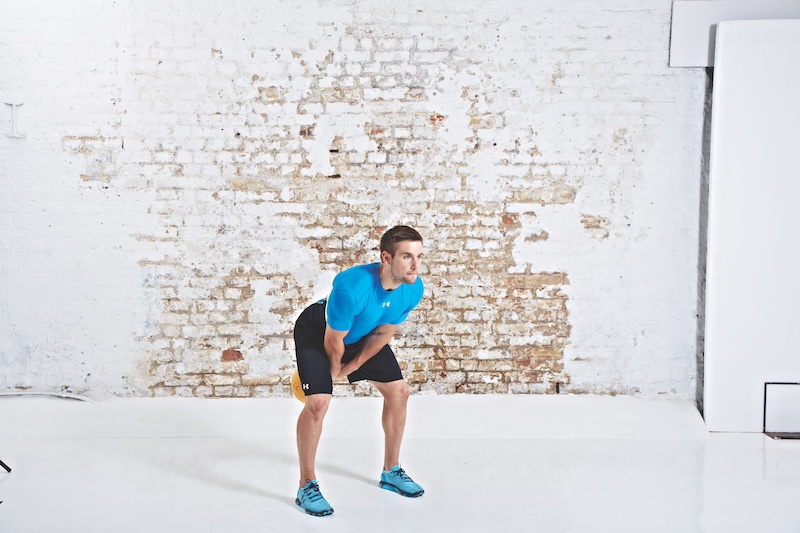
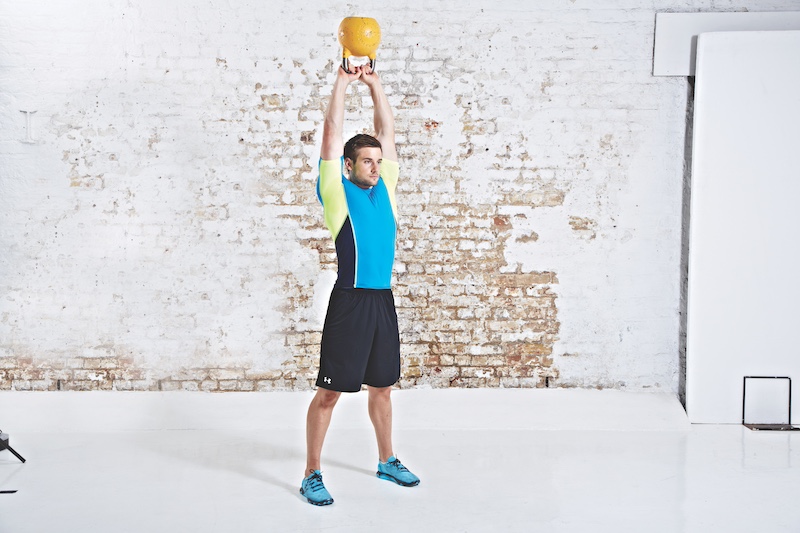
American swing
“In the American swing, the kettlebell travels above your head so there’s a lot more work involved,” says Brookes. “However, it’s a controversial move because many people don’t have the shoulder mobility to perform it safely.”
- Stand with your feet shoulder-width apart, holding the top of the kettlebell handle in both hands in front of your thighs.
- Look forward, with your head up, chest out and hips back.
- Fold at the hips, keeping your weight over the middle of your foot, slightly toward your heels. Your knees will bend slightly, which is normal. If you’re doing it correctly, you’ll feel your hamstrings rather than your quads as you swing the kettlebell back between your thighs.
- Push your hips forward to stand upright again, and swing your arms until they’re pointing directly upwards. Let them drop to the start, bending slightly at the hips again.

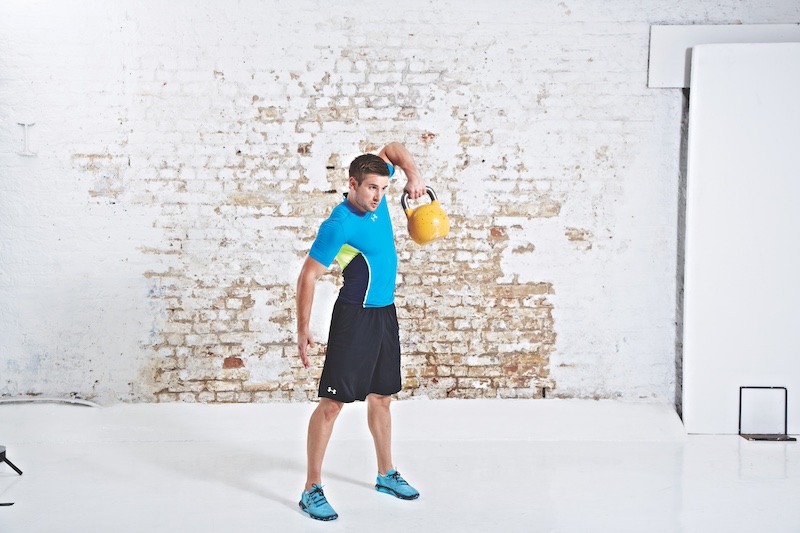
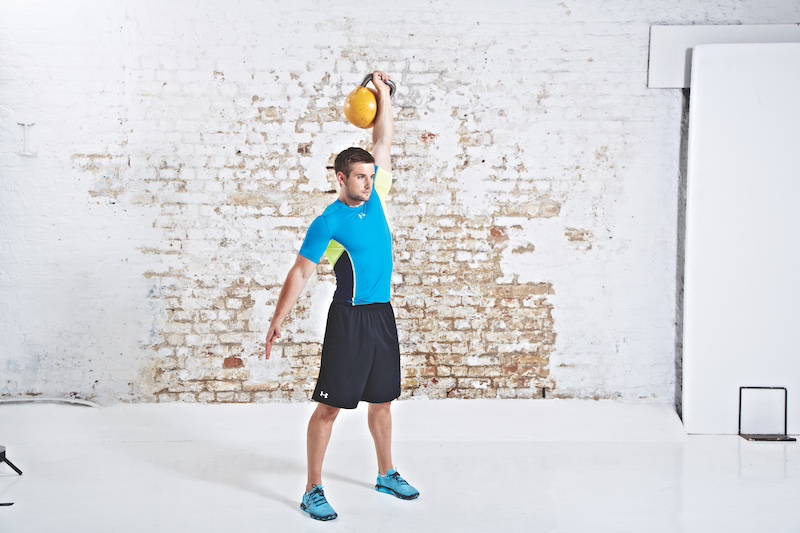
Kettlebell snatch
“This large and explosive exercise develops power and all-over body strength,” says Brookes. “It’s also really good for improving your cardio.”
- Stand with your feet slightly more than shoulder-width apart in front of a kettlebell.
- Take hold of the handle with one hand, and use your hips and glutes to drive the kettlebell up, keeping it close to your body.
- As the kettlebell reaches the top of the snatch, punch your hand through the handle so the kettlebell finishes resting on the back of your fully extended arm.
- Throw the kettlebell out and over the back of the hand and let your legs and hamstrings absorb the weight.
- Slowly reverse the move to return the kettlebell to the floor under control.
Coach says: “The snatch is unlike the swing in that the kettlebell doesn’t move in a perfect arc,” says Brookes. “Imagine you’re facing a wall so you can’t swing the kettlebell too far outwards. Keep the bell close and work on your timing as the bell comes over your hand at the top.”
Kettlebell clean and press
“The clean and press is a full-body power move that uses every muscle to take the kettlebell from the floor to overhead,” says Brookes. “It’s great for building strength and equally useful for developing your cardio.”
- Drive the kettlebell to the halfway point, the racked position, using your hips and glutes. Always take your arm around the kettlebell rather than the kettlebell around your arm.
- From the racked position, push the kettlebell overhead so you end up with your palms facing away from you.
- Bring the kettlebell down slowly under tension and back to the racked position, before returning the kettlebell to the start.
Coach says: “As you press the kettlebell overhead, crush the handle with your grip, brace your abs, squeeze your glutes and tighten your lats,” says Brookes. “Full-body tension will dramatically increase your strength and solidify your pressing foundation.”
Kettlebell goblet squat
“The squat is one of our most primal movement patterns and targets most muscles in the body,” says Brookes. “Everyone should squat, and the goblet squat offers additional stabilising benefits for the upper body as well as lower.”
- Hold the kettlebell upside down at chest height, your elbows tucked in to your sides.
- Squat, keeping your weight on your heels and the outside of your feet to activate your glutes.
- Drive through your heels to return to standing.
Coach says: “Keep your elbows tucked in and lats engaged throughout the movement – even as you get tired, keep focusing on your elbow position,” says Brookes. “And don’t become quad-dominant. Ensure you squat so your thighs are parallel to the floor – failing to do so won’t activate your glutes sufficiently and focus too much on your quads.”
Kettlebell Turkish get-up
“This is the ultimate full-body mobilising and stabilising exercise that will prepare you for anything,” says Brookes. “You’ll build a solid training foundation with this exercise, and because it works every single muscle in your body it is one of the very best kettlebell exercises for fat loss.” Here’s how to do the kettlebell Turkish get-up:
- Lie on your back, holding the kettlebell in one hand by your shoulder, the leg on the same side bent with your foot flat on the floor, and your other arm at 45° from your body. Press the kettlebell straight up.
- Keeping your lifting arm locked and your eyes on the raised kettlebell at all times, raise your upper body on to your resting forearm. Push through your resting hand and opposite foot to drive your hips upwards, squeezing your glutes.
- Bring your resting leg underneath, lift your resting hand off the floor and come into a half kneeling or lunge position. Stand up.
- Reverse the move slowly to return to the start.
Coach says: “Practise the form with a glass of water first,” says Brookes. “If you can complete it without spilling a drop, you’re ready for the kettlebell.”
Kettlebell farmer’s carry
“This practical exercise develops shoulder and back strength, as well as working the legs,” says Brookes. “It’s of the best exercises for improving grip strength too.”
- Hold a kettlebell in each hand at your sides with your palms facing your body.
- Keep your lats tight and shoulders back and down as you walk.
- Walking for a set period of time, for example three to five sets of 30 seconds.
Coach says: “To challenge your shoulder stabilisers, grip strength and legs further, walk on uneven ground,” says Brookes. “Walking up hills will develop your legs and glutes further.”
Kettlebell offset carry
“The uneven distribution of weight in this move forces your oblique muscles to work harder in order to keep you upright,” says Brookes.
- Stand holding one kettlebell by your side and one in the racked position by your shoulder, braced against the back of your wrist.
- Keep your body upright as you walk, and don’t let either weight drag you to one side.
- Walk for a set amount of time, for example three to five sets of 30 seconds.
Related content:

